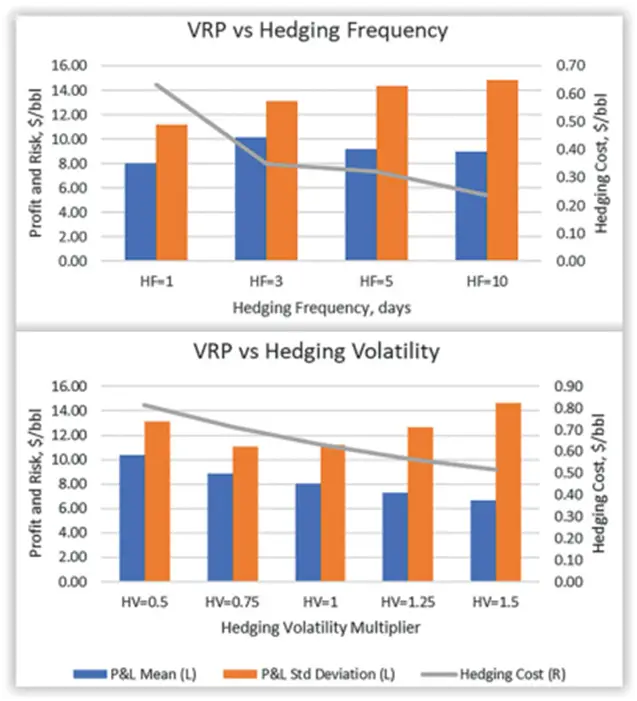Companies measure various financial metrics to determine performance. However, these metrics do not gauge every aspect of the business. Companies use other non-quantifiable methods to measure those areas. One of these includes the quality of conformance.
What is Quality of Conformance?
The quality of conformance, also known as conformance quality, is a vital aspect of quality management that assesses how well a product or service aligns with specified requirements, standards, or design criteria. It represents the degree to which the actual implementation of a product or service meets the intentional design and planning established by a company or industry standards.
In manufacturing, quality of conformance entails evaluating whether produced goods adhere to specified dimensions, materials, and performance characteristics outlined in the design. Similarly, it involves assessing whether the delivered service aligns with agreed-upon standards, ensuring customer expectations are fulfilled.
What factors impact the Quality of Conformance?
Several factors impact the quality of conformance, including internal and external sources. Some of these are as follows.
Environmental factors
The geographical and environmental conditions can impact conformance quality. Factors such as climate, humidity, and other variables may influence the production or service delivery process and, consequently, the quality of conformance.
Regulatory requirements
Adherence to regulatory requirements is a critical factor affecting conformance. Industries subject to specific regulations must ensure that their processes align with legal standards, and non-compliance can lead to deviations in product quality.
Supply chain resilience
The resilience of the supply chain is crucial. Disruptions, delays, or inconsistencies in the supply chain can affect the availability and quality of inputs, directly impacting the conformance quality of the final product or service.
Communication and collaboration
Effective communication and collaboration between different departments and teams are essential. Clear communication of standards and expectations ensures that everyone involved understands and follows the prescribed procedures.
How to measure the Quality of Conformance?
Companies employ various methods and tools to gauge the quality of conformance, assessing the extent to which their products or services adhere to established standards and specifications. These measurement techniques help businesses identify deviations, improve processes, and enhance overall quality.
However, there is no specific method to calculate or measure the quality of conformance as it is not quantifiable. Instead, companies use various approaches to determine what this quality is. Some of those are as follows.
Data analytics and machine learning
Leveraging data analytics and machine learning algorithms allows companies to analyze large datasets for patterns and anomalies. These technologies can identify trends and deviations, providing insights into conformance quality.
Supplier scorecards
Supplier scorecards systematically evaluate and rate suppliers based on various performance metrics, including the quality of delivered goods. This approach helps companies assess how suppliers conform to specified quality standards.
Failure mode and effects analysis (FMEA)
FMEA is a systematic method for evaluating potential failure modes within a process and their potential effects. By identifying failure points, companies can proactively address issues affecting conformance.
Process monitoring
Real-time monitoring of in-process parameters helps identify deviations as they occur. Companies use sensors and monitoring devices to assess conformance during the production or service delivery stage.
Conclusion
Quality of conformance measures a product or service against specific requirements, standards, etc. Various elements may impact it, including environmental factors, regulations, supply chain resilience, etc. However, companies cannot quantify the quality of conformance. Instead, they use other methods to gauge it.
Article Source Here: Quality of Conformance: Definition, Meaning, How to Measure, What Factors Impact
source https://harbourfronts.com/quality-of-conformance/

